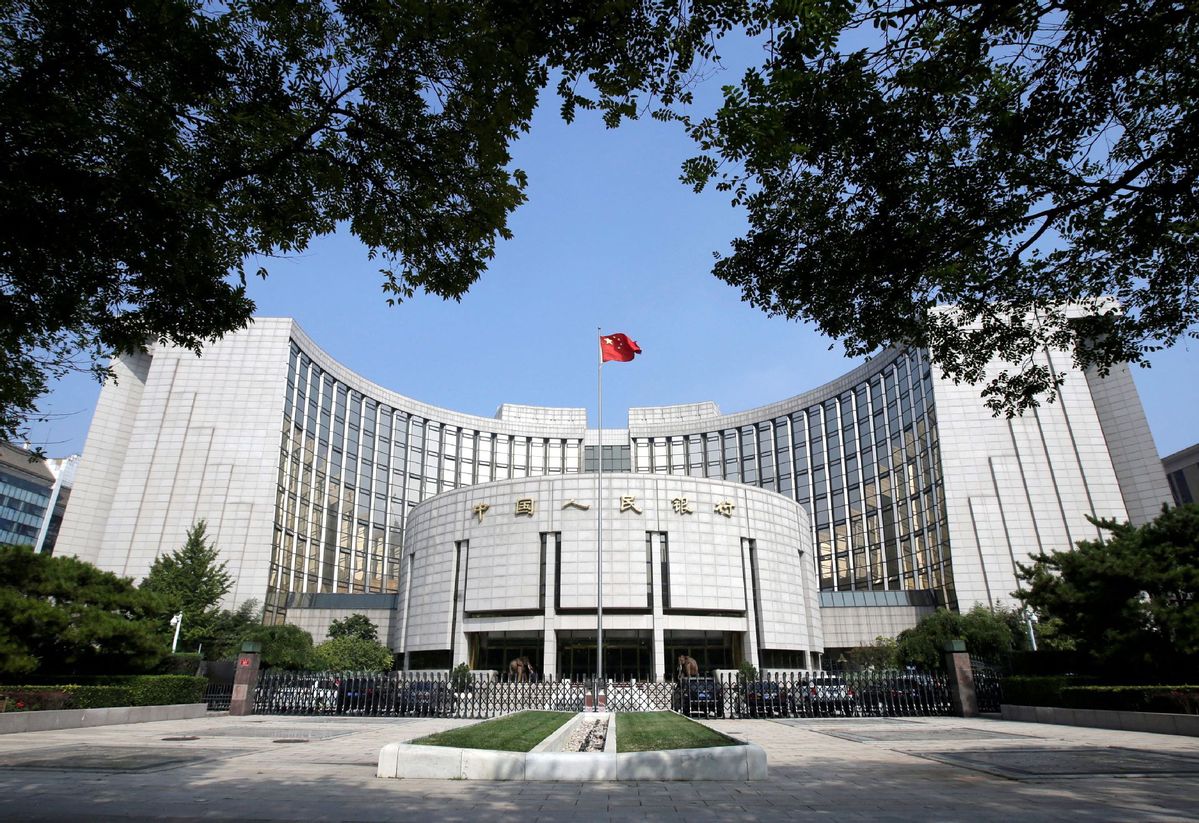Fed moves set to give PBOC more options
China entering key period for monetary policy, eyes RRR and interest rate cuts
By ZHOU LANXU | China Daily | Updated: 2024-09-19 07:30

China's central bank may soon opt for more easing moves as the United States is poised for an interest rate cut cycle, as headwinds are emerging amid efforts to stabilize domestic economic momentum, analysts said on Wednesday.
Possible measures include a reduction in the reserve requirement ratio — the proportion of deposits banks must keep as reserves, or a cut in lending rate benchmarks and mitigation in financial burdens of outstanding mortgages, they said.
"We anticipate that China is entering a key period for monetary policy, in which the probability of cuts in the RRR and interest rates as soon as possible is increasing," said Wu Chaoming, deputy director of the Chasing International Economic Institute.
"Measures such as intensified use of structural tools and reduction of existing home loan rates are also worth looking forward to," Wu said.
The US Federal Reserve's shift in policy stance will create more favorable conditions for China to cut interest rates, Wu said, adding that domestic factors also point to the rising possibility of rate cuts, including insufficient demand, weakening momentum of month-on-month economic growth and elevated real interest rates.
He added that the necessity has significantly increased for an RRR cut in the near term, which would coordinate with strengthening fiscal support, alleviate pressure on commercial banks and mitigate the impact of a large volume of maturing medium-term lending facilities on market liquidity.
The Fed held its latest Federal Open Market Committee meeting from Tuesday to Wednesday and had yet to disclose interest rate decisions of the meeting up to the deadline for this story's publication.
Analysts, nevertheless, said it was a foregone conclusion for the Fed to cut rates on Wednesday, either 25 basis points or 50bp, as US inflation has eased while the labor market softened.
Mark Haefele, chief investment officer of UBS Global Wealth Management, said that in a base case forecast scenario in which the US economy will achieve a soft landing, there is room for 100bp of interest rate reductions this year and another 100bp in 2025.
Yang Delong, chief economist at First Seafront Fund, said the Fed entering a rate cut cycle has provided a firm foundation for the People's Bank of China, the country's central bank, to implement of a relatively loose monetary policy.
This is because the renminbi has started to appreciate against the US dollar upon anticipations of narrowing US-China interest rate spreads, Yang said, adding that August data, especially lukewarm retail sales growth, indicated that China's economic growth still needs consolidation.
Retail sales, an indicator of consumption, grew by 2.1 percent year-on-year in August, down from 2.7 percent in July, official data showed. Industrial output and fixed-asset investment also decelerated last month while the expansion in broad money supply remained steady.
The PBOC said last Friday it will introduce additional policy measures to reduce financing costs for enterprises and households and maintain reasonable and sufficient liquidity, after a PBOC official acknowledged room for further RRR cuts.
On Friday, China is scheduled to release the latest loan prime rates, or market-based lending rate benchmarks. China last cut the LPRs in July, with the one-year and over-five-year LPRs both down 10bp to 3.35 percent and 3.85 percent, respectively.
Lou Feipeng, a researcher at Postal Savings Bank of China, said it may be "good timing" to further cut the LPRs on Friday, adding that additional policy support is needed to achieve the annual economic growth target of about 5 percent.
"The pace of interest rate cuts should be accelerated in accordance with the principle of sooner rather than later. September is good timing for this move. Timely rate cuts will help reduce financing costs and achieve better policy effect in the fourth quarter."
Lou added that it is also necessary to reduce housing provident fund loan rates proportionally if the over-five-year LPR, on which lenders base their mortgage rates, is lowered.
























